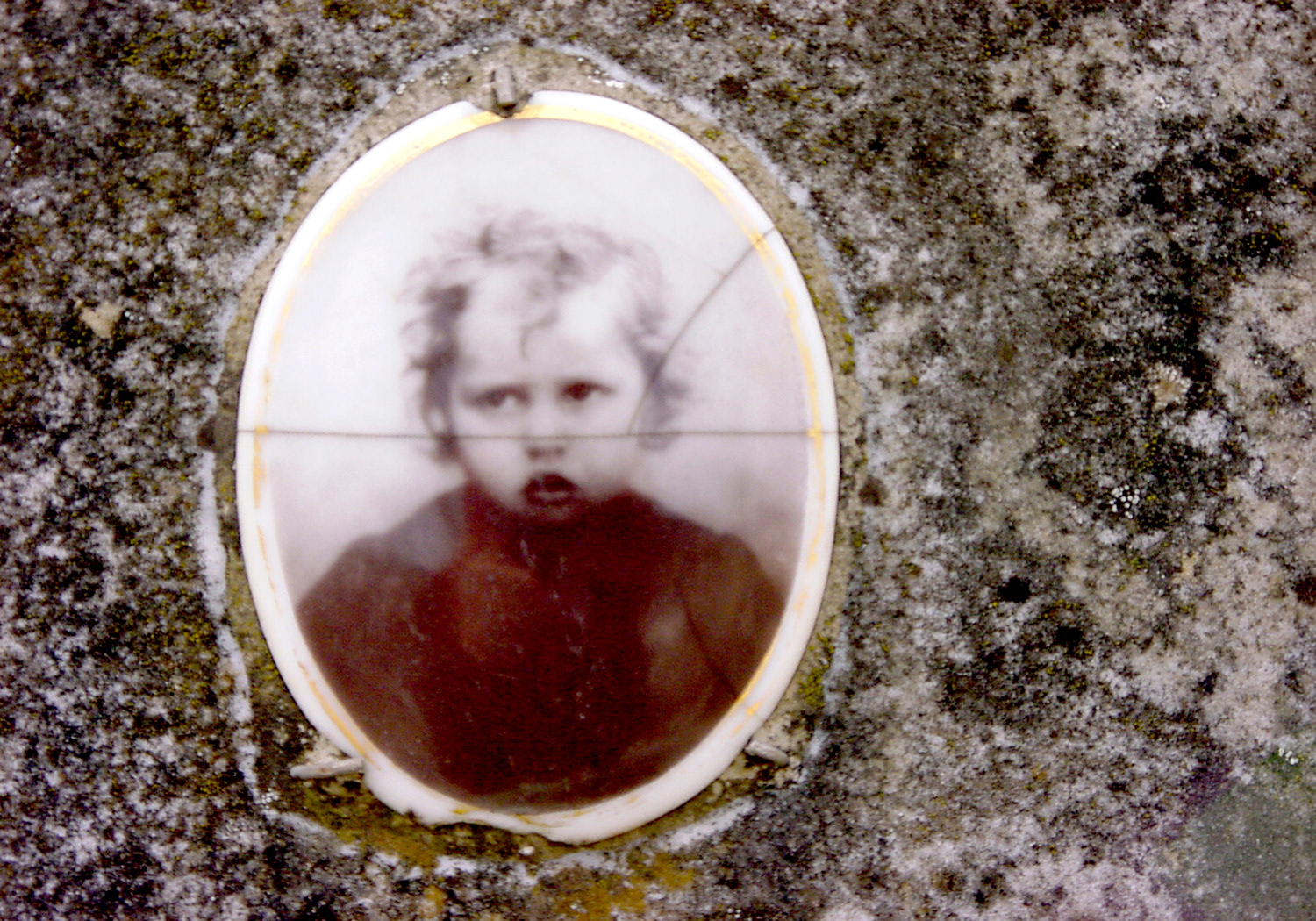
2000
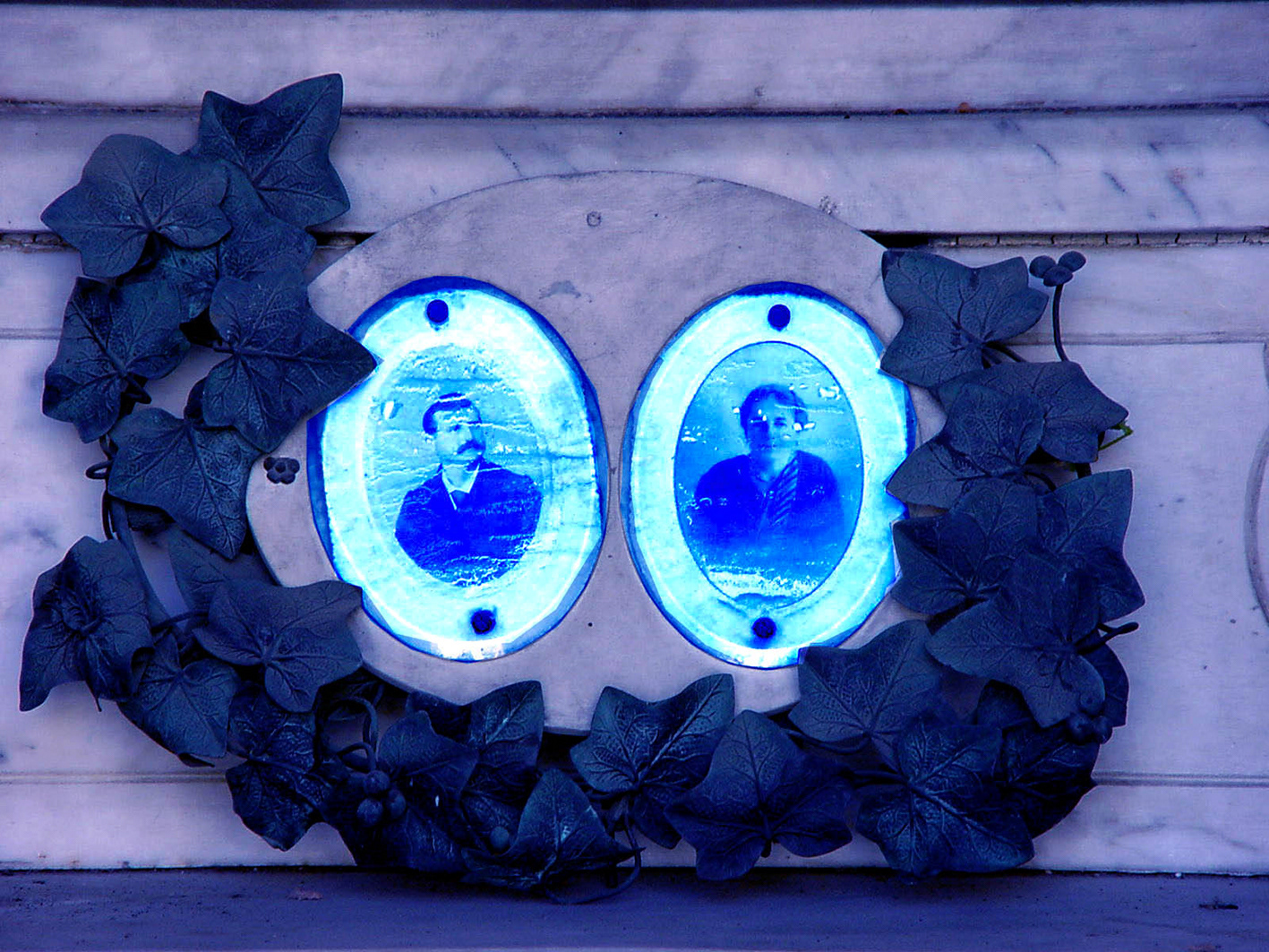
2000
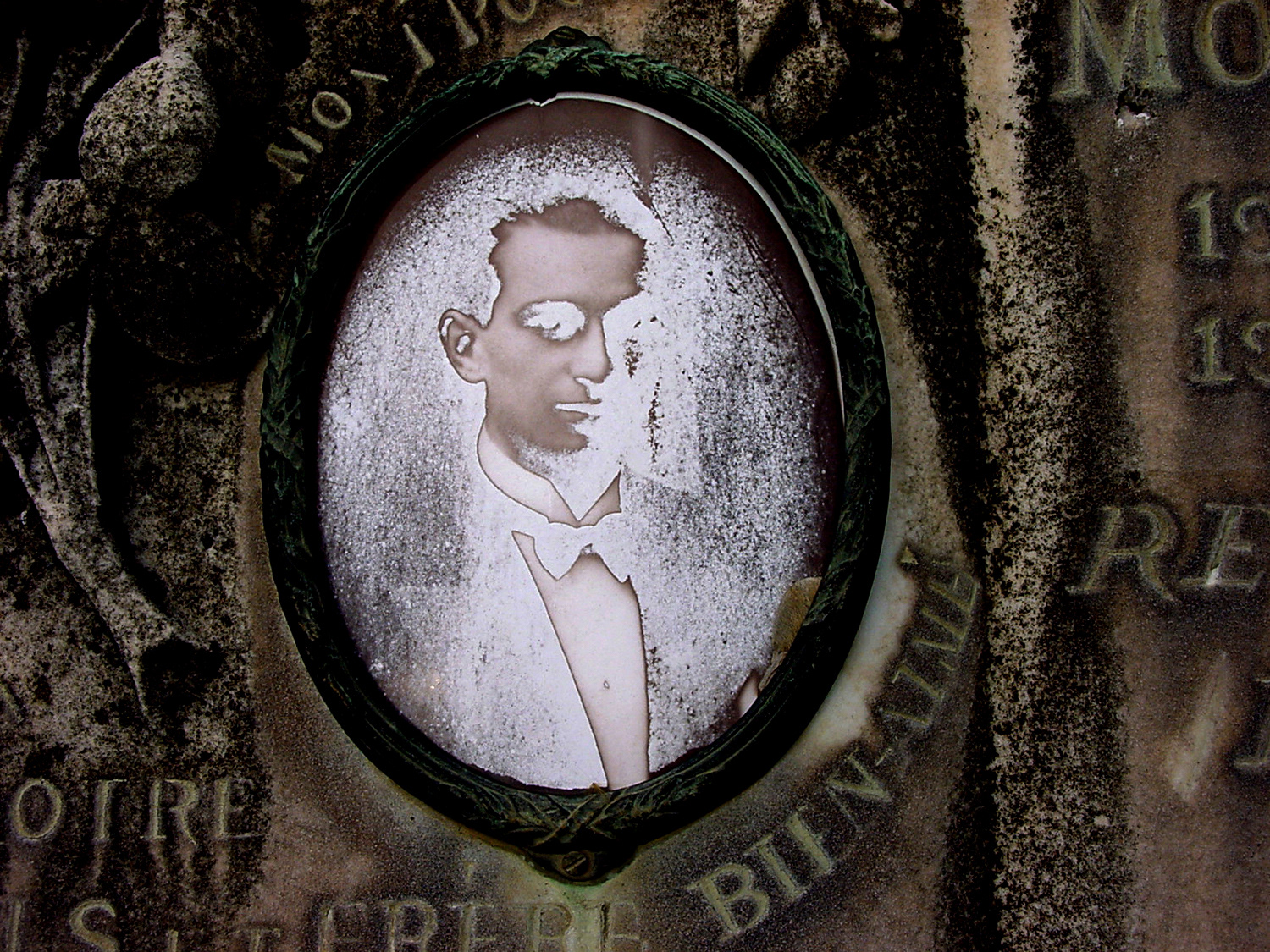
2000
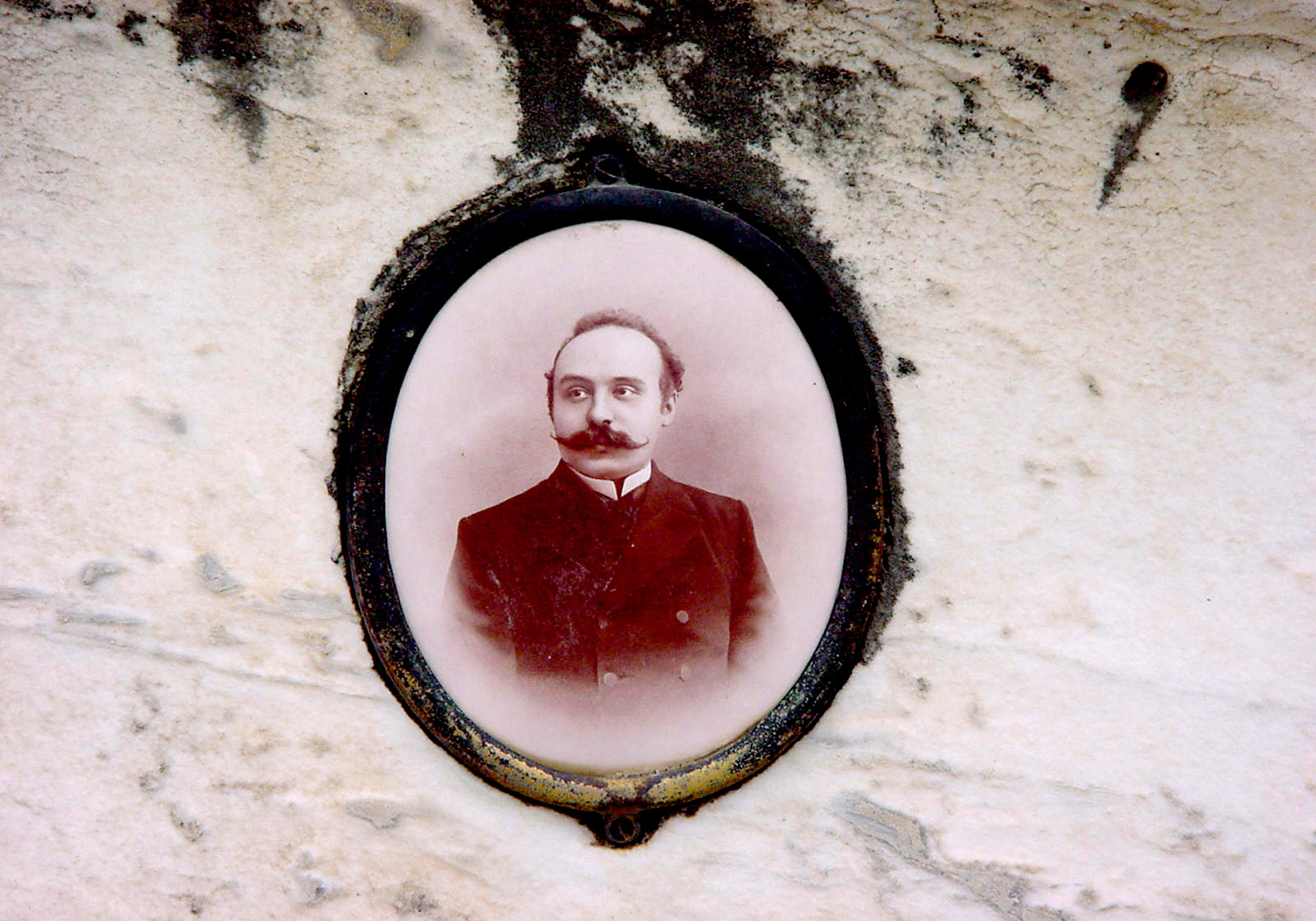
2000
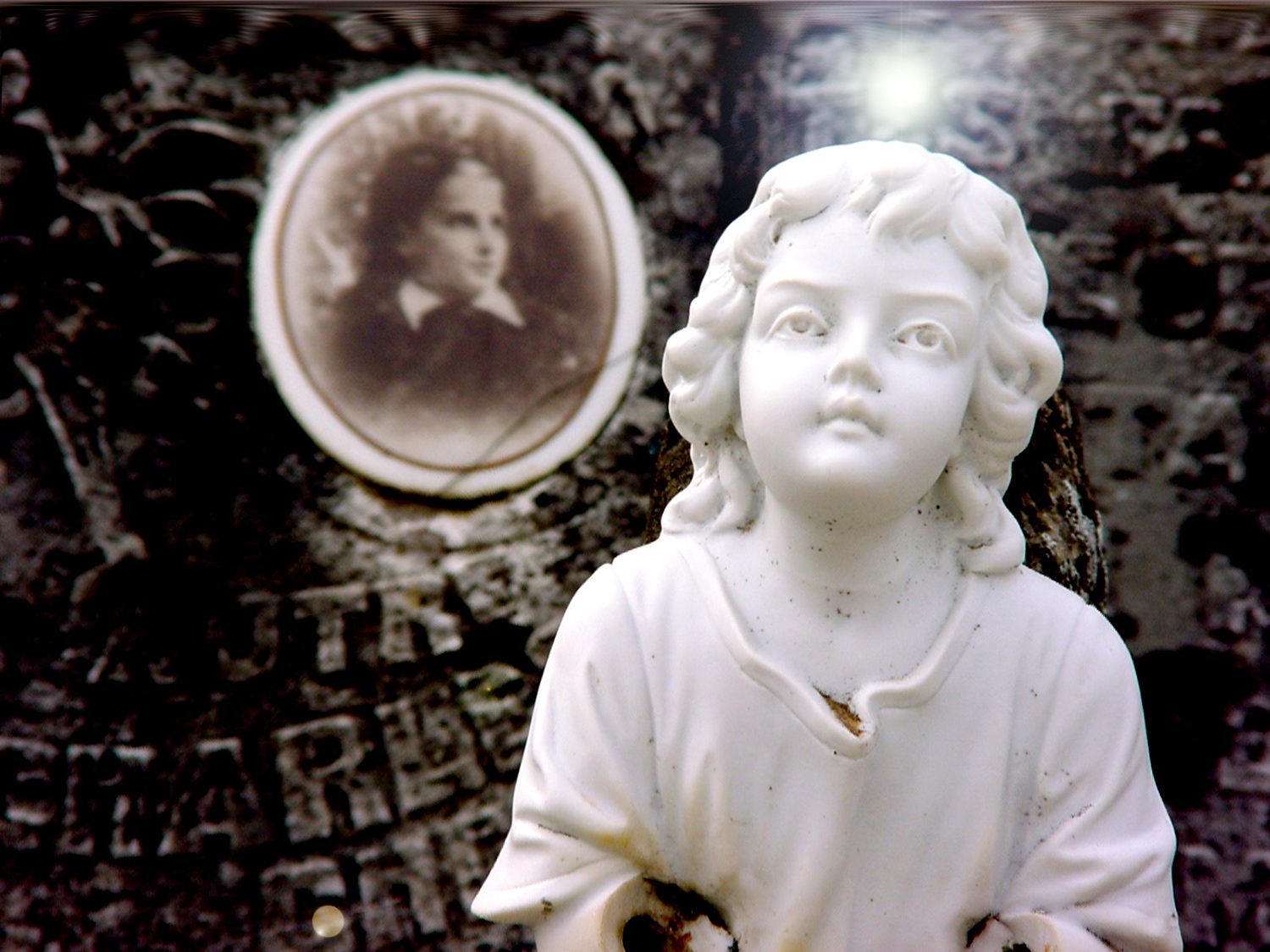
2001
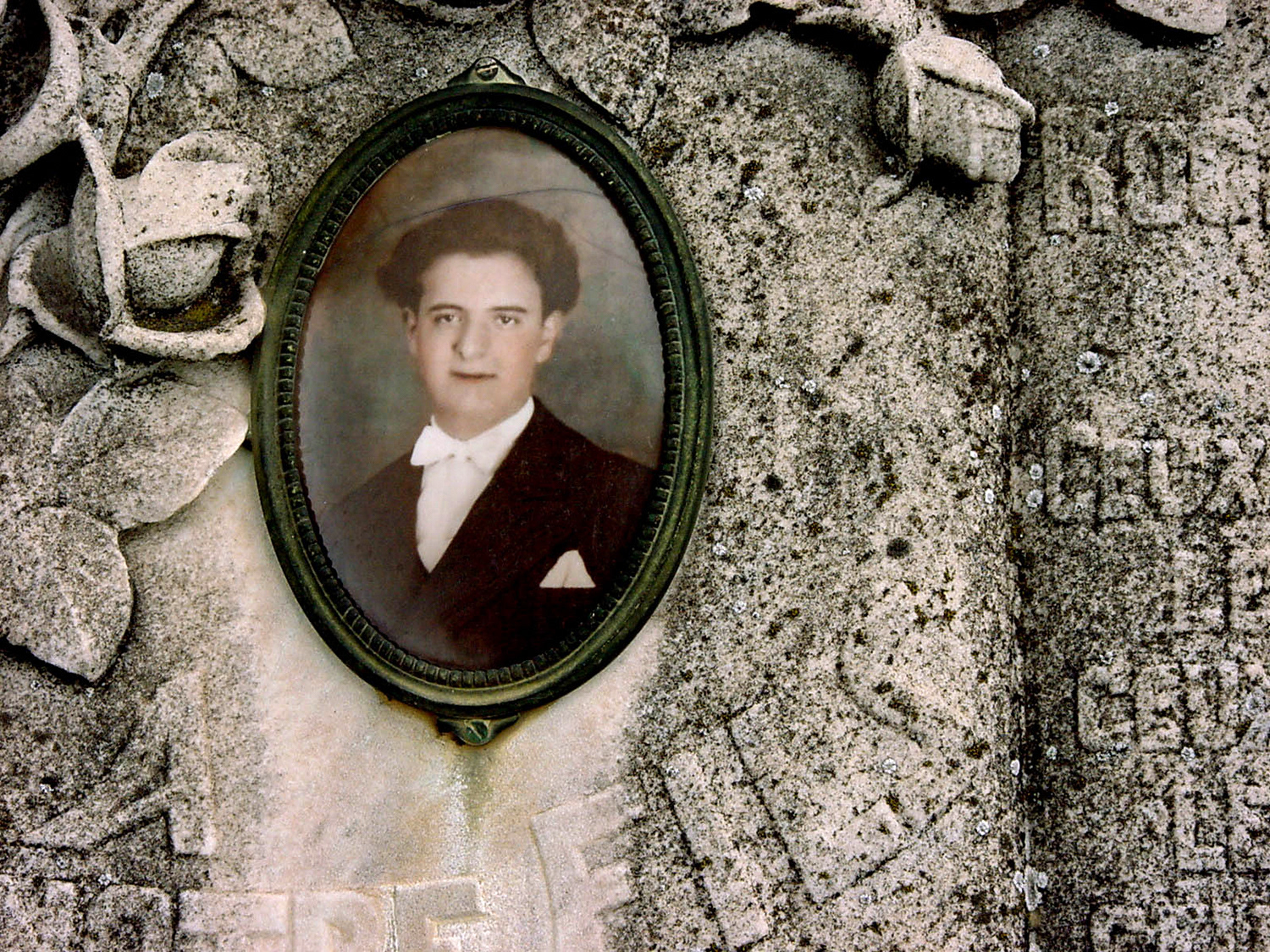
2001
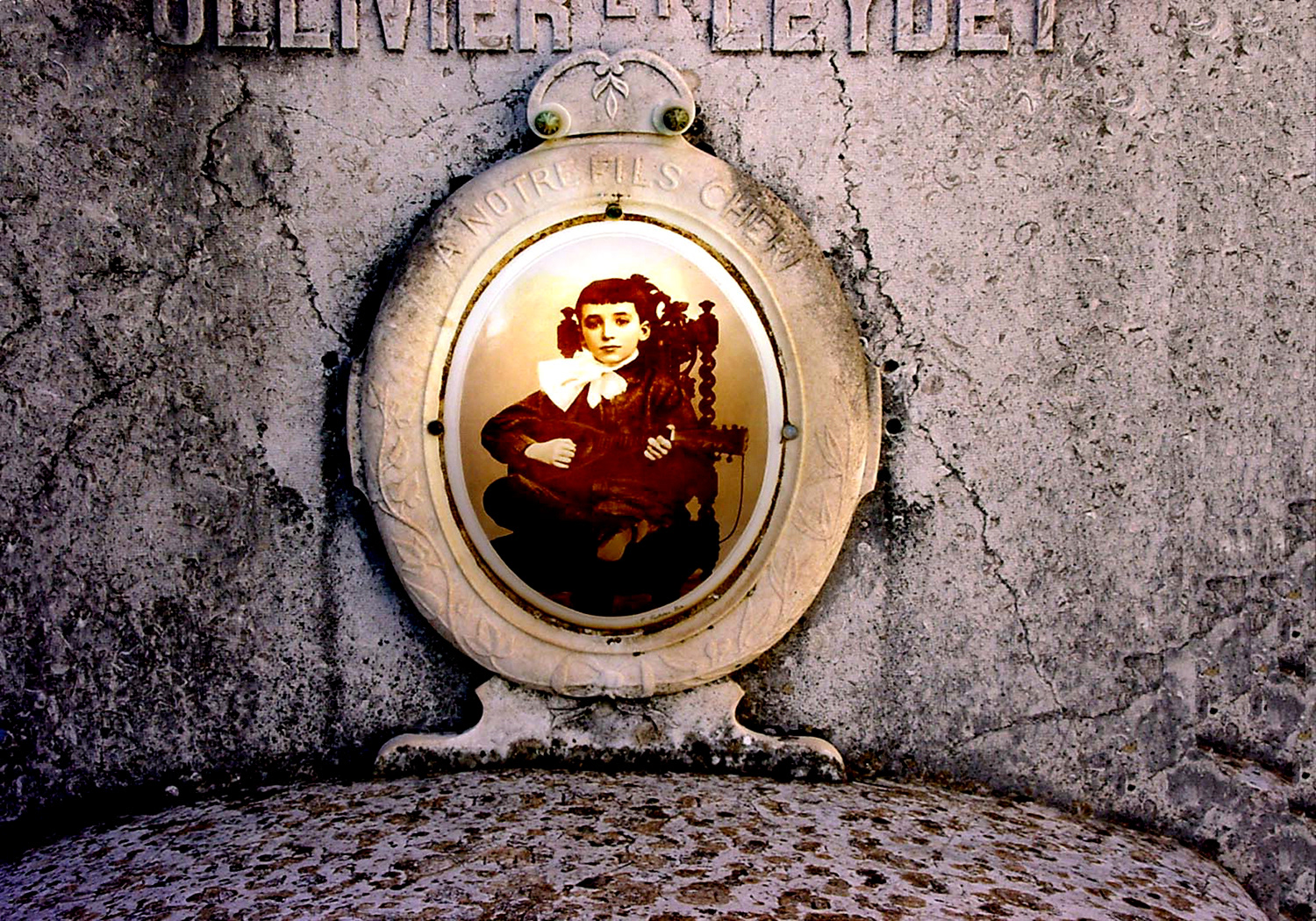
2001
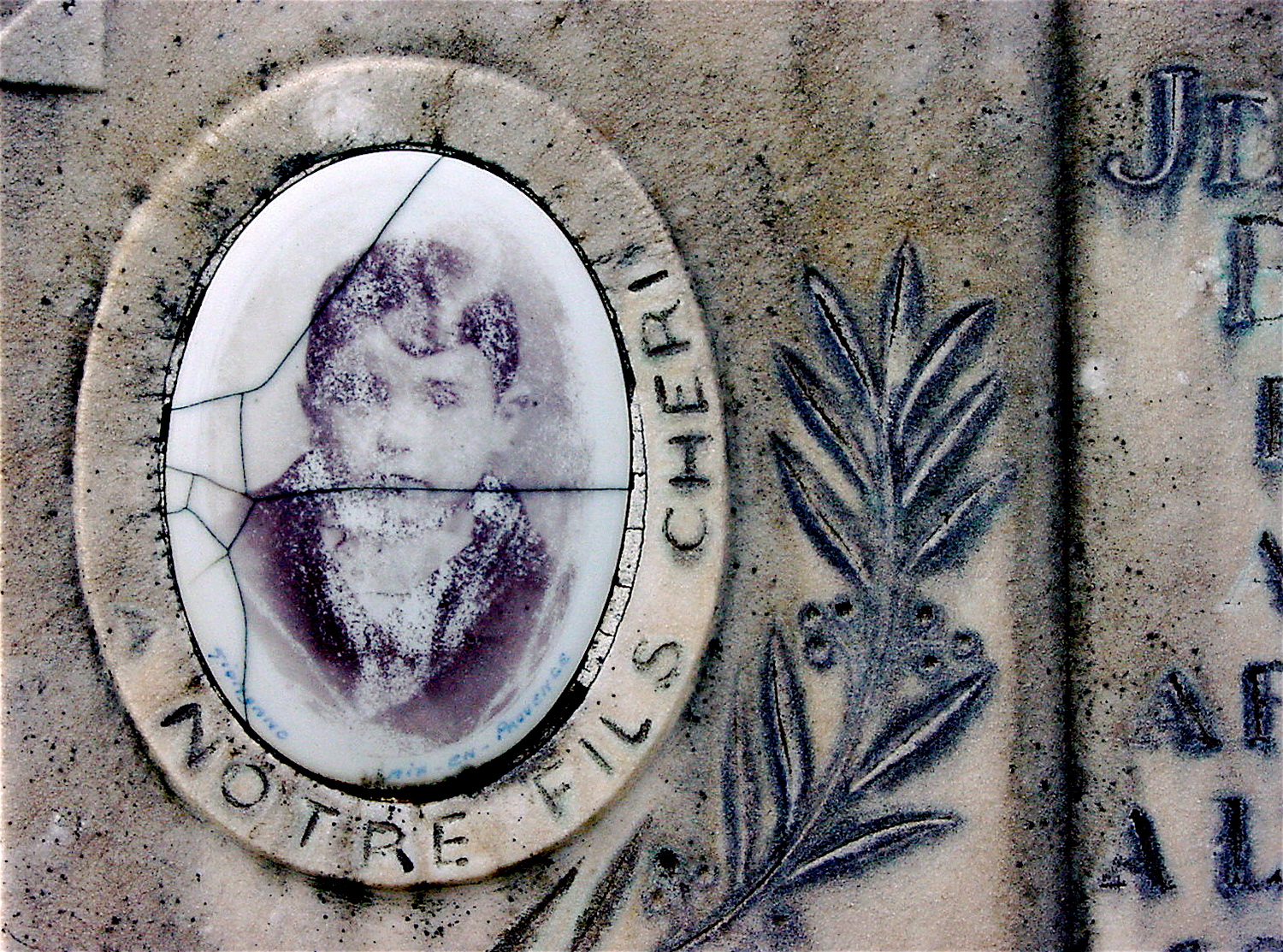
2001
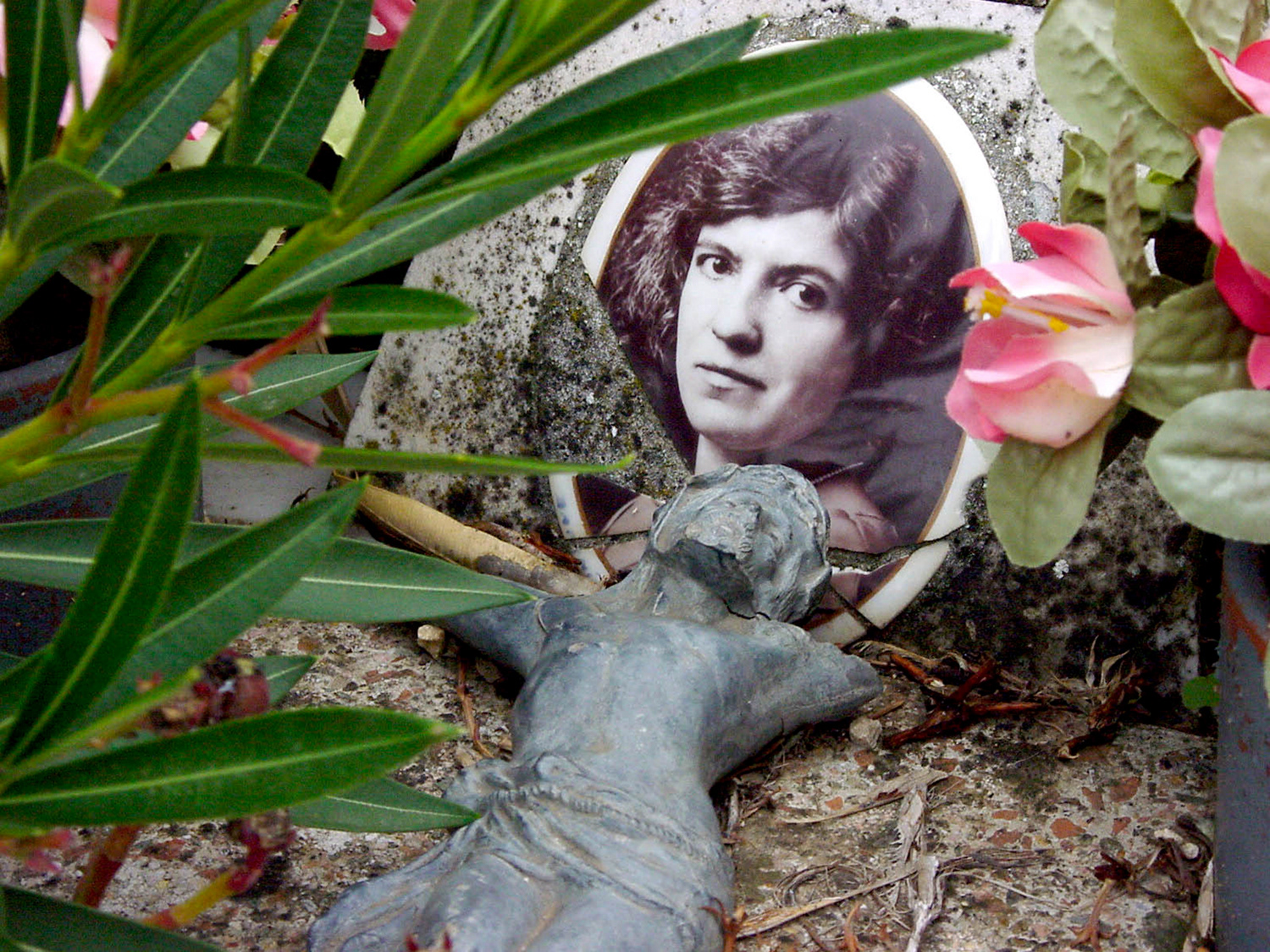
2001
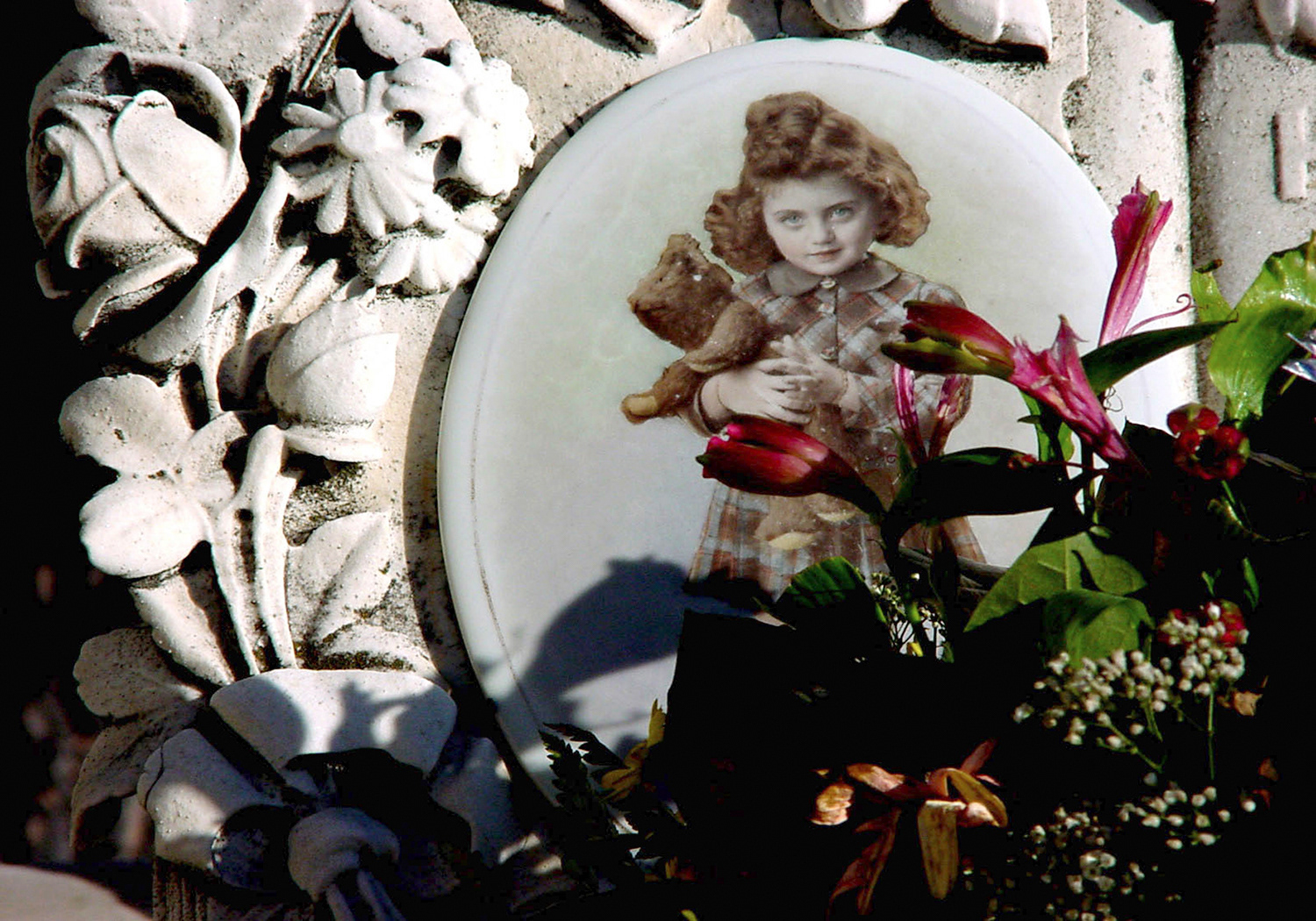
2001
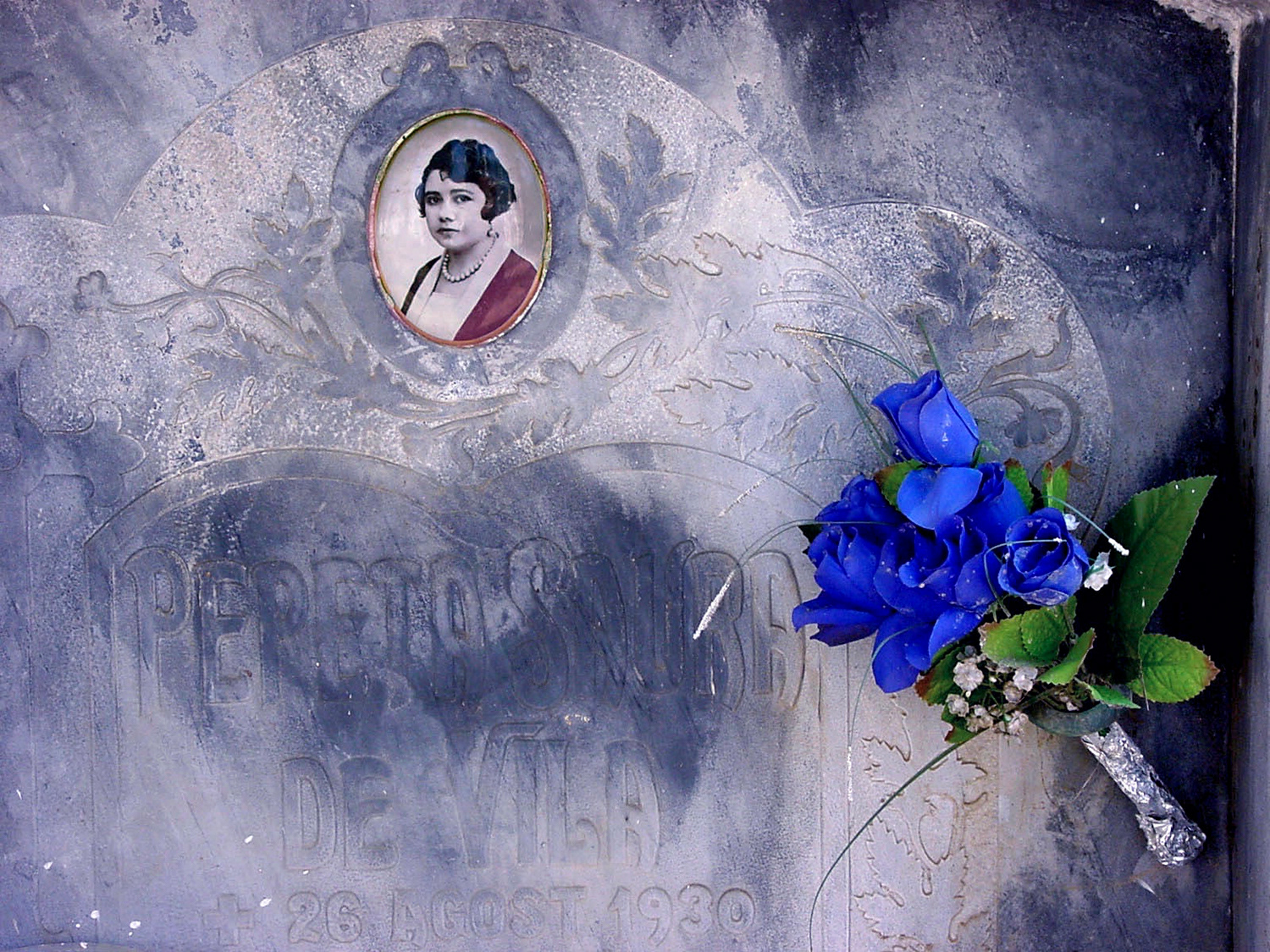
2002
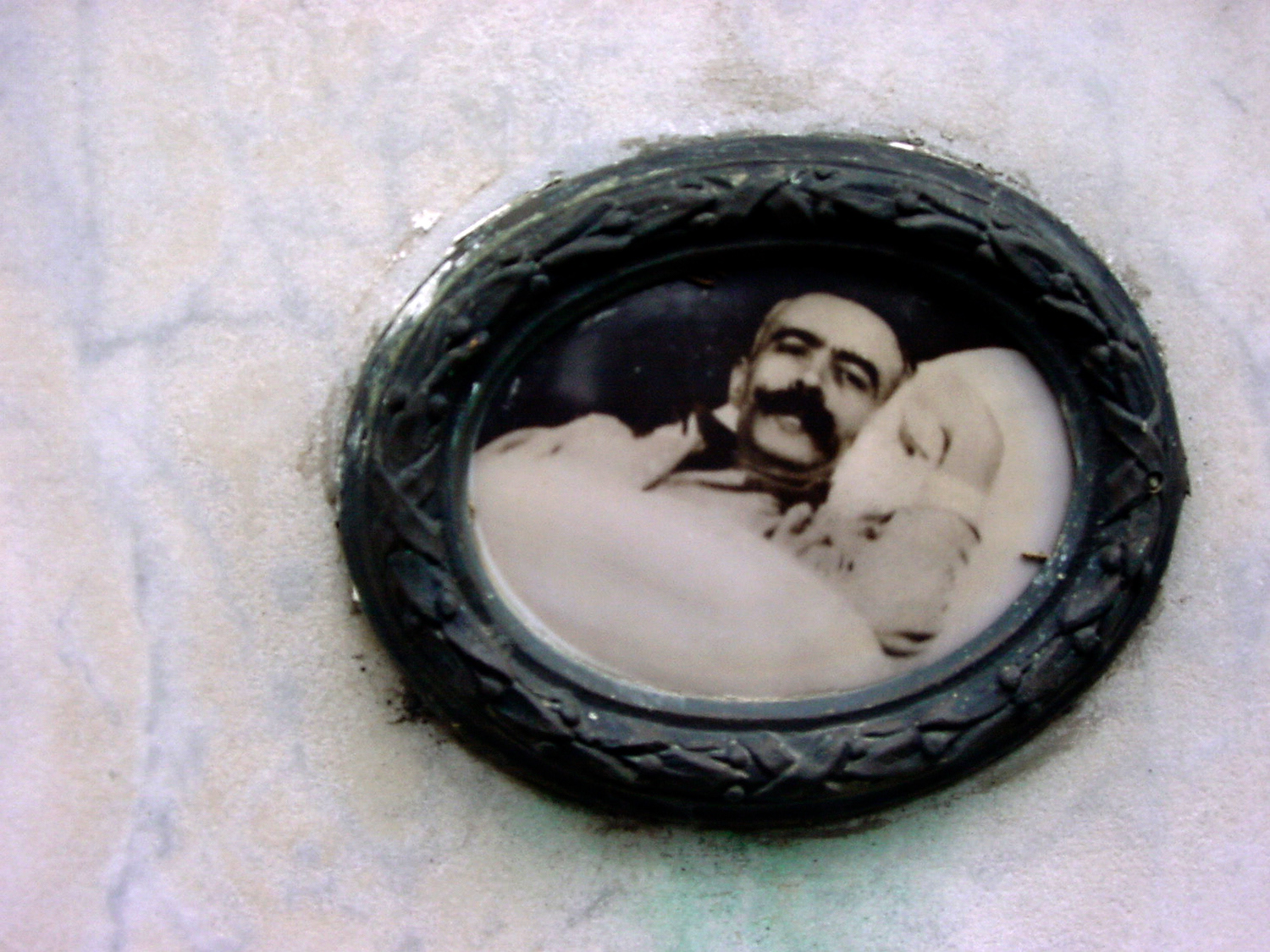
2006
Portraits, 2000 à 2006
Walter Benjamin dans son essai "l'Oeuvre d'Art à l'époque de sa reproductibilité technique" aborde la place du portrait notamment en photographie (...) "ce n'est en rien un hasard si le portrait a joué un rôle central aux premiers temps de la photographie. Dans le culte du souvenir dédié aux êtres chers, éloignés ou disparus, la valeur cultuelle de l'image trouve son dernier refuge" (...)
Les portraits expriment le regard du vivant, la décrépitude est en dessous (...) l'horreur de la mort n'est pas seulement liée à l'anéantissement de l'être mais à la pourriture qui rend les chairs mortes (...) George Bataille, l'Érotisme.
Ici, la disparition est triple. le corps a disparu loin du regard. Ce qui le rappelle aux vivants, son portrait, s'estompe sous l'érosion du temps pour s'effacer totalement. Puis, la mémoire finit d'exister quand la concession est reprise car même les "concessions perpétuelles" ont une fin.
________________________________________________________________________________
Portraits, 2000 to 2006
Walter Benjamin in his essay "The Work of Art in the Age of Mechanical Reproduction" tackles the question of the portrait particularly in photography (...) "It is no accident that the portrait was the focal point of early photography. The cult of remembrance of loved ones, absent or dead, offers a last refuge for the cult value of the picture" (...)
Portraits express the expression of the living, the decay is below (...) the horror of death not only lies in the destruction of the being but in the decaying that renders the flesh dead (...) George Bataille, Erotism.
Here, the disappearance is triple, the body has disappeared far from sight. What recalls it to the living, its portrait, vanishes with the erosion of time to finally disappear. Then, memory ceases to exist when the concession is reclaimed for even "perpetual concessions" have an end.